Vintage Tribal Kilim Runner 3' 2" x 10' 1" (38" x 121")
Type:
Kilim RugsCollection:
Tribal Runners, ClearanceID:
K0077073Size:
Material:
The designs feature a rich array of symbols representing tribal culture and Anatolian motifs, often in the form of medallions, diamonds, and other geometric shapes.
The designs feature a rich array of symbols representing tribal culture and Anatolian motifs, often in the form of medallions, diamonds, and other geometric shapes. These kilim runners are ideal for hallways and narrow spaces, offering a touch of ethnic charm and artisanal quality to any interior.
Herki kilims not only serve as functional floor coverings but also as artistic expressions of tribal identity, making each rug a unique cultural artifact.
Design Elements
- Pattern and Layout: The kilim runner features a repetitive geometric pattern that is arranged symmetrically. This creates a sense of balance and harmony throughout the rug.
- Shapes: Predominantly includes diamonds and triangles, which serve as the primary geometric shapes. These shapes often represent stability and unity.
- Borders: The design is framed by a bold border that enhances the overall structure of the rug. This aspect adds depth and definition, drawing the eye inward.
- Texture: The flatweave technique produces a soft yet durable texture, making it suitable for various spaces while highlighting the craftsmanship of traditional weaving methods.
Colors
- Color Palette: A combination of warm hues, including shades of pink, terracotta, rust, and earth tones, with contrasting highlights of cream and muted greens.
- Meaning of Colors:
- Pink and Terracotta: Represent warmth, comfort, and connection to nature. These colors often evoke feelings of solace and grounding.
- Earth Tones: Signify stability, fertility, and the importance of the earth in tribal cultures.
- Cream and Muted Greens: Symbolize peace and tranquility, providing a calming balance to the bolder colors.
Main Motifs and Their Symbolism
- Geometric Shapes: Often signify the interconnectedness of life and the universe, representing balance and harmony within nature.
- Diamonds: Frequently symbolize prosperity and protection, acting as a safeguard for the space where the rug is placed.
- Hexagons: Represent community and unity, often viewed as invoking a sense of belonging among families and tribes.
- Color Usage: The strategic application of color, especially pinks and earth tones, connects traditional meanings to modern aesthetics, highlighting the importance of each motif in storytelling through design.
Summary
The vintage tribal kilim runner exhibits a rich tapestry of geometric patterns and a warm color palette. Its design elements, including symmetry, texture, and the distinct shapes used, contribute to a sense of stability and harmony. Each color plays a pivotal role in expressing themes of comfort, unity, and connection to the earth, while the motifs themselves carry deep cultural symbolism, emphasizing prosperity and community. Collectively, these aspects illustrate the rug's role as both a functional piece and an artful representation of tribal heritage.
- Ships in 1-4 business days
- Only one in stock, handmade, unique
- Free shipping via FedEx Express. Easy returns
- Contact us or add a note to your order if you want us to delay your shipping.
- Request more info if you want this rug shorter or narrower
Colors may appear slightly different across various monitors due to screen settings device differences, and external lighting conditions. If color accuracy is important for your space, we recommend viewing the rug on multiple devices or contacting us for a detailed color description. We can provide detailed photos and references using Sherwin-Williams, Benjamin Moore, Pantone, or even Crayola crayons.
You can also visualize most of our products in your own room with AR (augmented reality) on an iPhone or iPad.
Return Policy
Need a rug pad? We recommend RugPadUSA
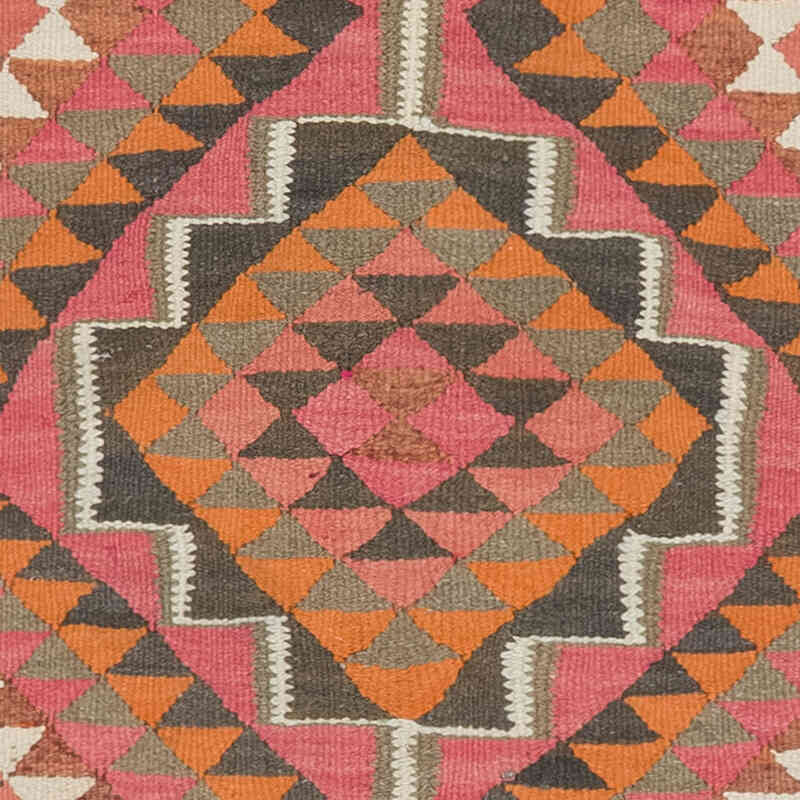
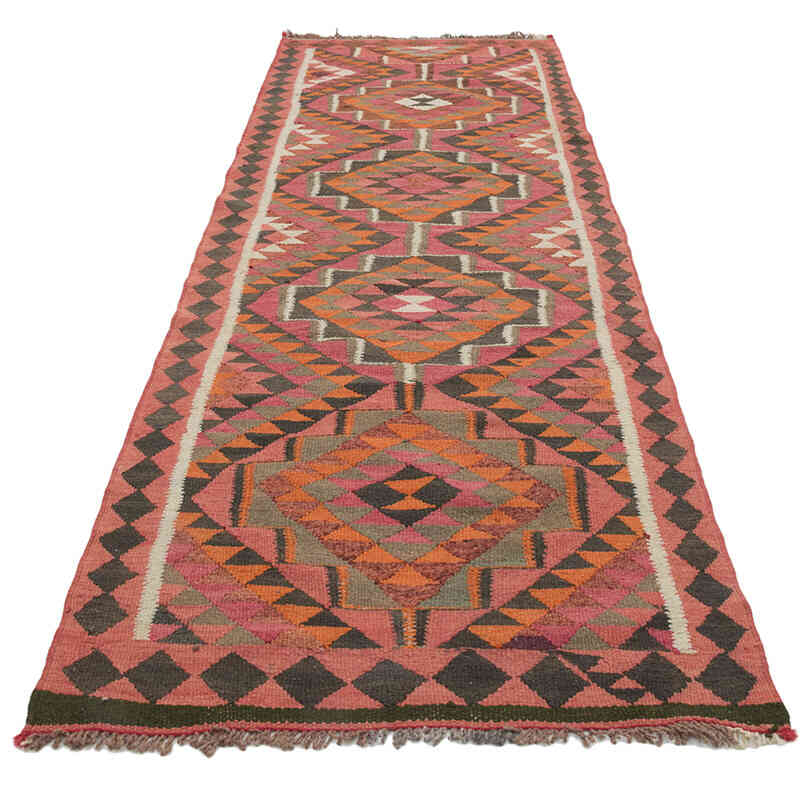
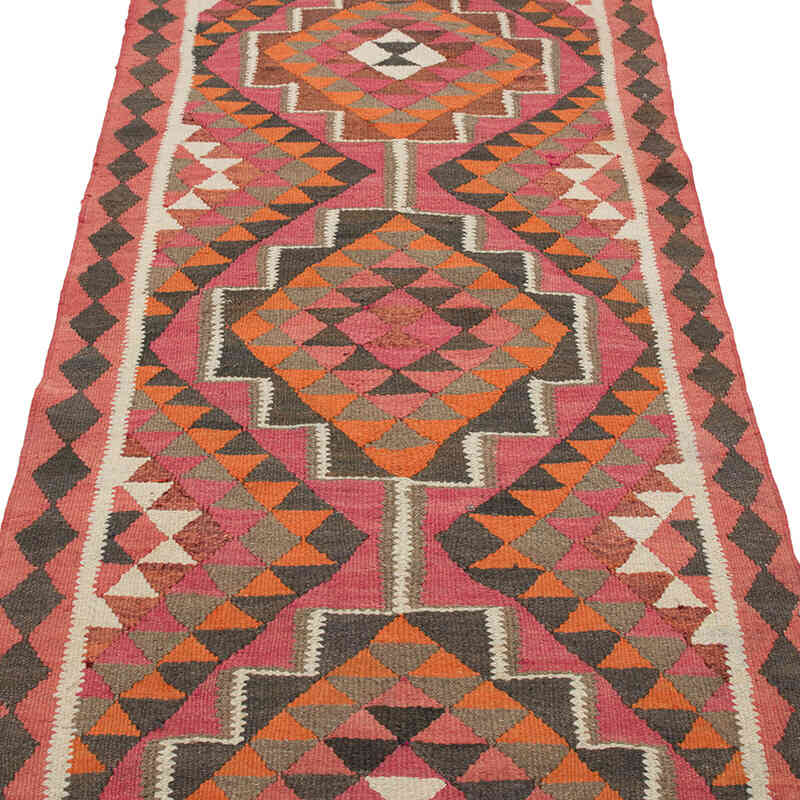
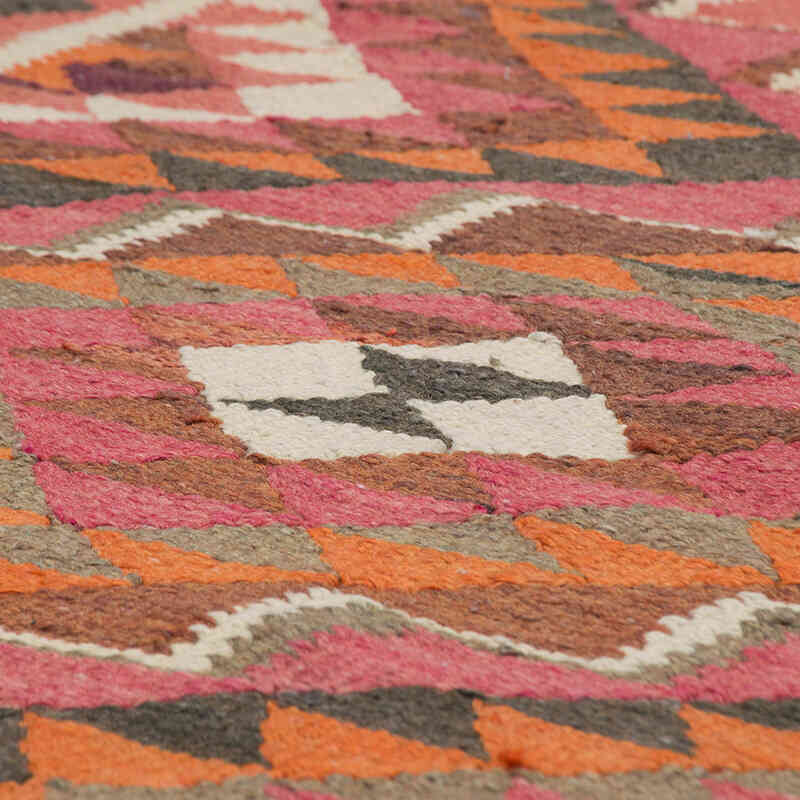
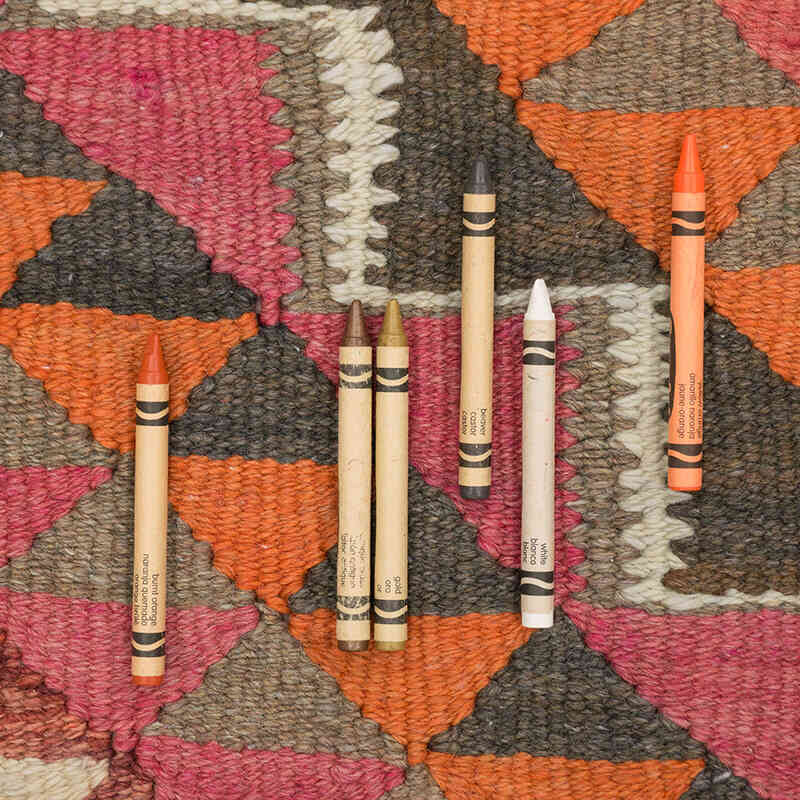
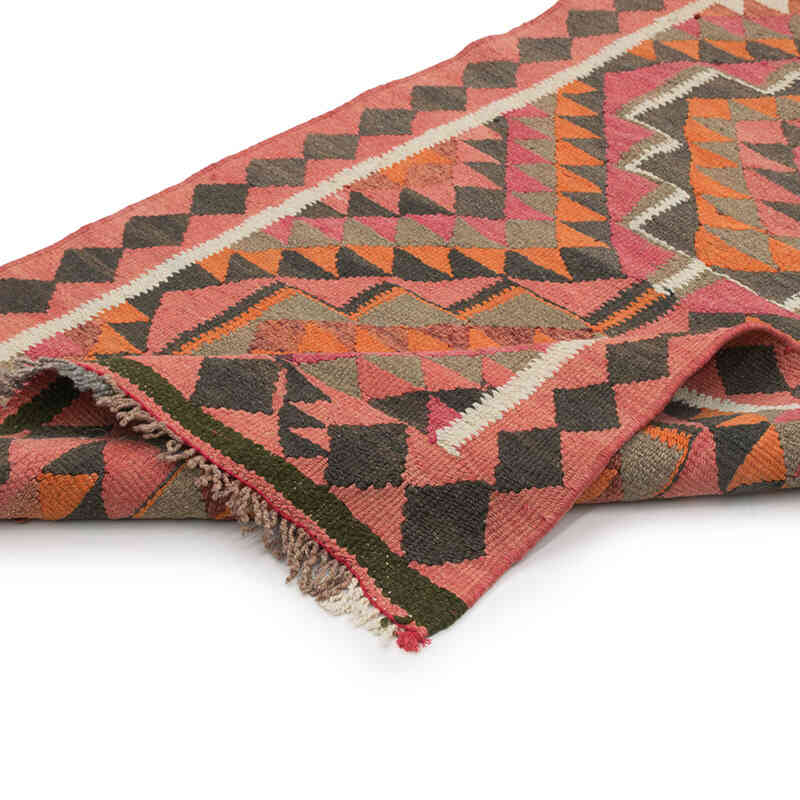
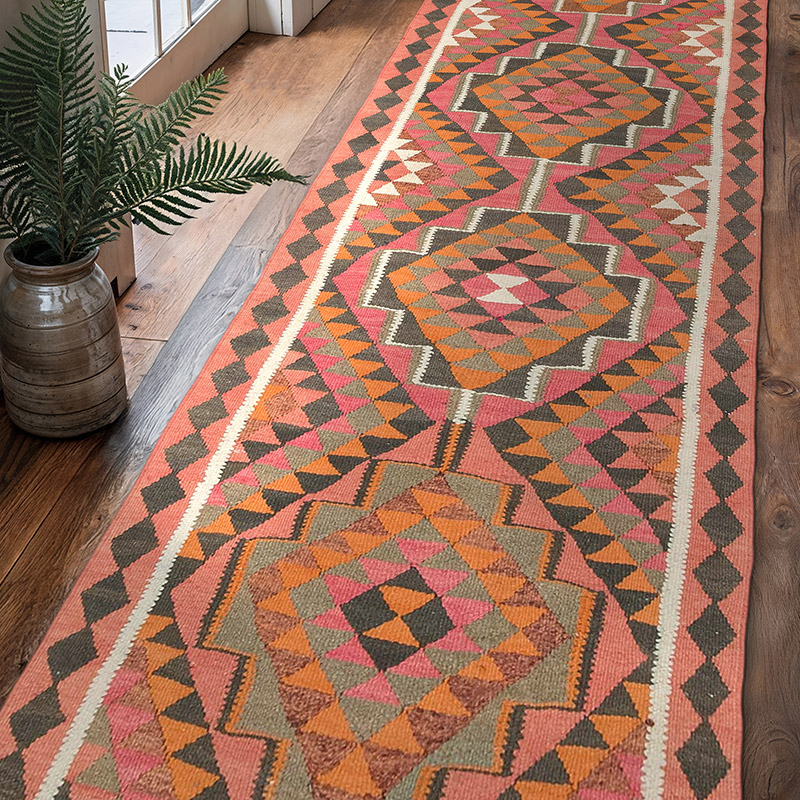
















Rug purchase